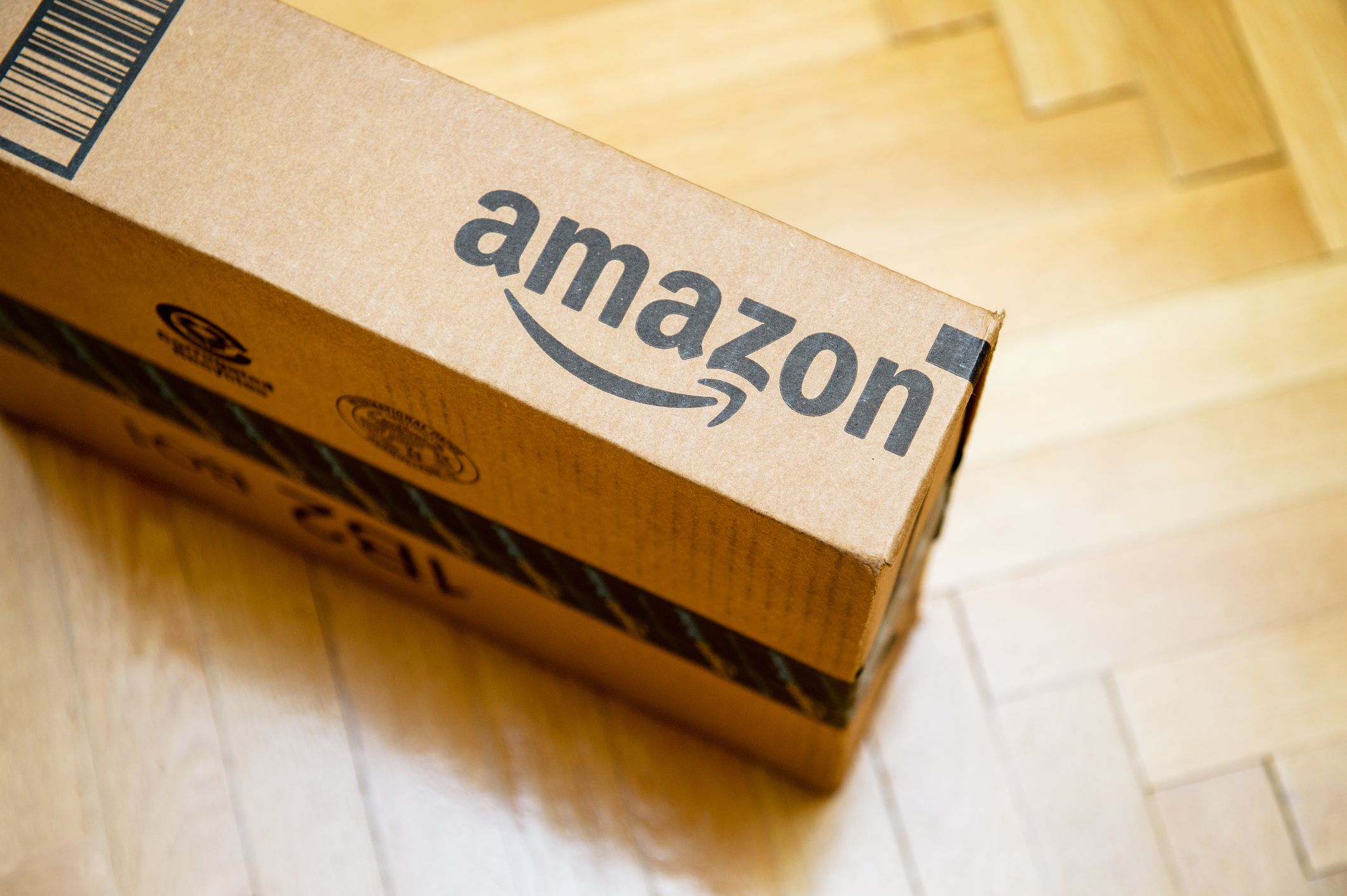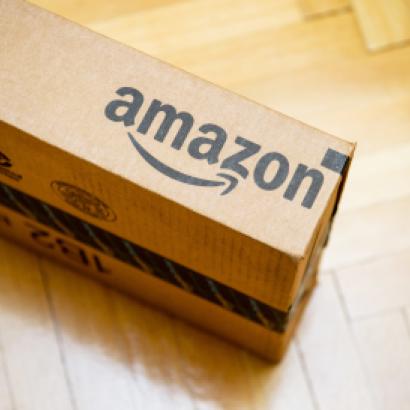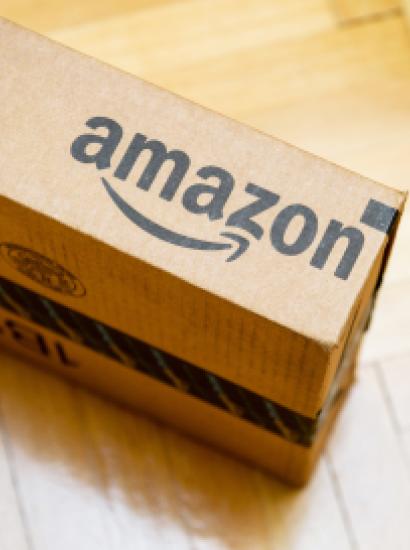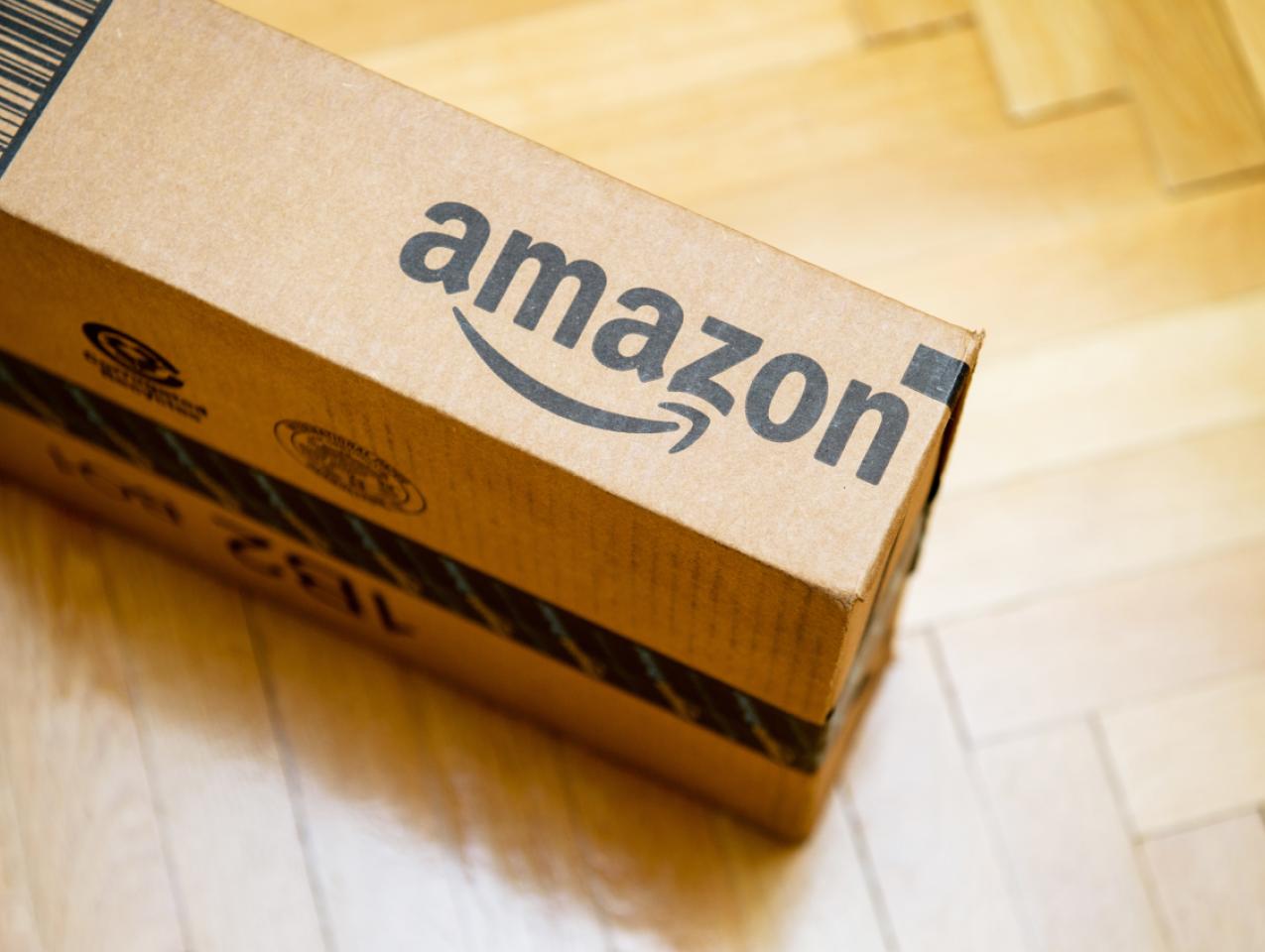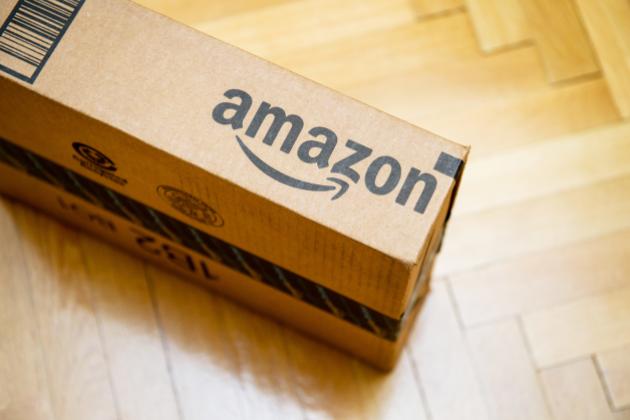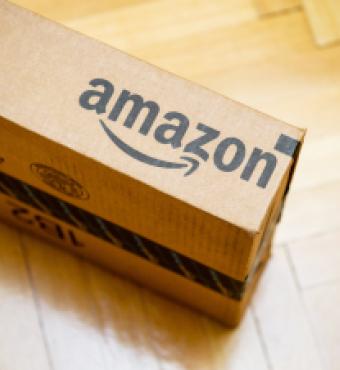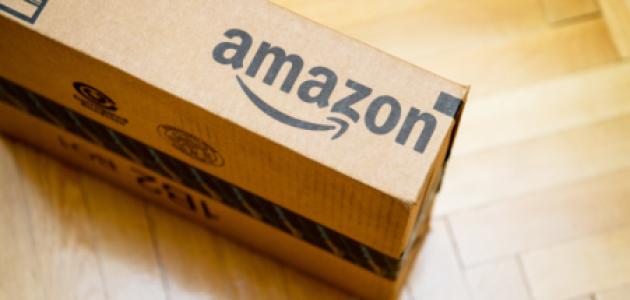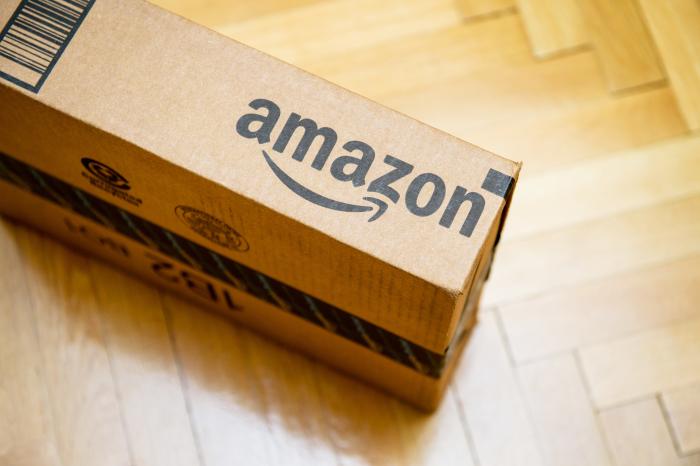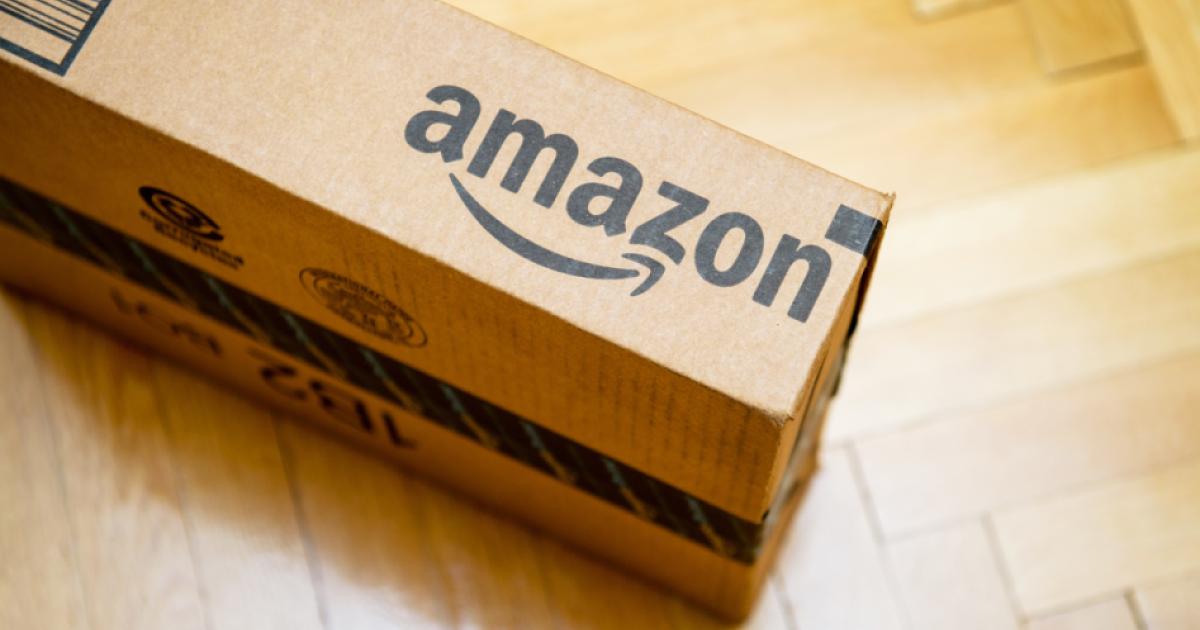- Economics
- History
- Law & Policy
- Politics, Institutions, and Public Opinion
In a special April 2016 report titled “Benefits of Competition and Indicators of Market Power,” President Obama’s Council of Economic Advisers (CEA) worried that competition in American industries was declining and hinted at increasing antitrust enforcement. Since then, a number of authors have taken up the antitrust cause, arguing that not just the tech sector but also other major sectors of the U.S. economy are too concentrated and less competitive than they should be. Even Fox News Channel’s Tucker Carlson has jumped on the tech-monopoly band wagon.
Are these authors and commentators right? What is their evidence? More fundamentally, what do the words “monopoly,” “market power,” and “competition” mean, and what monopolies or forms of market power should we worry about? Also, when we do worry about monopoly or market power, what are the appropriate policies to deal with it? It turns out that economists over the last 200 years have carefully considered many of these issues. Unfortunately, some of their insights have been lost, and one main reason is that many of those who worry about monopoly have a static, rather than a dynamic, view of competition.
A brief note, before we proceed, on the terms “monopoly,” “market power,” and “competition.”
First, monopoly and market power. The former, as “mono-” implies, refers to an industry in which there is only one firm. Yet most economists, including this author, don’t use the term in that strict sense. Most economists today use the term “monopoly” as a synonym for “market power.” To say that a firm has market power is to say that the firm could raise the price of its product by, say, one percent, and not have its sales fall to zero. Of course, that’s true of most firms. Even if your small local convenience store raised its prices by one percent, its sales would not vanish. There are only a few markets in which firms have no market power, and they tend to be in agriculture. The largest producer of wheat in the United States, if it raised its price by one percent above the spot market price on the commodities exchange, would sell no wheat.
How about “competition?” Here modern economists go back and forth between two quite different meanings. In the 1920s, economists started using “competition” to mean what they called “perfect competition.” Under these conditions, every company produces exactly the same product as every other company in the industry, no company spends a cent on advertising because every buyer is assumed to be perfectly informed already, and all companies charge the same price to the penny. When I first learned this concept in an introductory economics class at the University of Winnipeg in 1970, perfect competition didn’t seem to me to be perfect at all. It just seemed boring.
Fortunately, economists also use the term “competition” to mean what most non-economists mean by it. Firms compete when they figure out ways to cut costs and then take business from their rivals by cutting prices, giving some of the gains from the cost cut to consumers. They compete when they introduce new products, when they provide service along with their products, when they advertise, and when they enter new markets, to name only a few. Ask an economist over a beer if such activities are forms of competition and the odds are high that he or she will say yes.
Now to the issue. In the above-referenced CEA report, the Obama economists used a conventional measure of monopoly and market power—share of revenue earned by the 50 largest firms in various industries. They showed that in a number of industries, that share rose substantially between 1997 and 2012, implying increased industrial concentration. Why does that statistic matter? The usual argument is that the more concentrated an industry, the easier it is for its firms to collude.
But there are two major problems with that measure. I’ll illustrate the first one by highlighting an industry referenced in Obama’s CEA report. A table in the report shows that the top 50 firms in the second largest U.S. industry, retail trade, earned $1.56 trillion in revenue in 2012. Their share of revenue increased from 25.7 percent of industry revenues in 1997 to 36.9 percent, an increase of 11.2 percentage points.
Did any major change in retail trade happen between 1997 and 2012? Yes. It was called Amazon. Before Amazon became important, what typically mattered for you as a retail customer was the amount of competition in your local market. So, if you lived in San Francisco and wanted a lawn chair, you might go to Sears (remember them?), Home Depot, or your local hardware store. But after Amazon came into being, you had another major choice: saving a lot of time traveling from store to store and, instead, sitting at your desk or kitchen table, or even lounging on your old lawn chair, and ordering from home. Not only did you save time but also the odds are that you got a lower price. In short, Amazon made the relevant market for you much more competitive. And it did that even while, at times, wiping out local competitors.
The second problem with using increased concentration as a measure of monopoly is that it ignores how the firms with an increasing share of revenues got there. Consider Amazon again. There is no doubt that a major factor in the increasing revenue share of the top 50 retail firms between 1997 and 2012 is the growth of Amazon. Did Amazon get to that point by charging high prices? Not at all. It got there with innovation that slashed retailing costs and then by sharing much of the cost reduction with consumers.
The point is that Amazon became such a major player by innovating. And its market share is a reward for innovation. Other companies in other industries got large market shares for innovating also and did better than Amazon on the earnings front. Their large profits are their reward for innovating. My UCLA mentor Harold Demsetz made this point in a 1973 article in the Journal of Law and Economics and economist Tim Bresnahan did the same with newer data in a 1989 chapter in a book on industrial organization.
Competition is dynamic. The great early-20th-century Harvard economist Joseph Schumpeter put it well. In his 1942 classic, Capitalism, Socialism, and Democracy, Schumpeter wrote:
But in capitalist reality as distinguished from its textbook picture, it is not that kind of competition [DRH note: he’s referring to “perfect competition”] which counts but the competition from the new commodity, the new technology, the new source of supply, the new type of organization (the largest-scale unit of control for instance)—competition which commands a decisive cost or quality advantage and which strikes not at the margins of the profits and the outputs of existing firms but at their foundations and their very lives.
Indeed. Schumpeter summed it up by writing that omitting this kind of dynamic competition was “like Hamlet without the Danish prince.”
Many economists, including the above-mentioned Obama CEA and University of Chicago economist Raghuram Rajan in his recent book The Third Pillar point to John D. Rockefeller’s Standard Oil of New Jersey as an example of a monopoly that was out of control and needed to be reined in by antitrust. But what they don’t point out is what University of Chicago economist Lester G. Telser noted in his 1987 book, A Theory of Efficient Cooperation and Competition: “The oil trust [Standard Oil of New Jersey]did not charge high prices because it had 90 percent of the market. It got 90 percent of the refined oil market by charging low prices.”
What about the fear many people have had, especially for the tech sector, that those who get a head start gain from what economists call “network effects?” The idea is that if, say, 100 million people sign up for Facebook, the next person will sign up because of the network already there. The argument is plausible in theory but fails badly in practice. Consider MySpace. In early February 2007, MySpace had 153.5 million users. Victor Keegan of The Guardian seemed to think that it would only grow. It shrank. What replaced it? Facebook. So much for the overwhelming power of network effects. It’s not that network effects don’t matter. They do. But innovations strike at the foundations and very lives of firms that thought they had solid network effects.
Which brings us to the tech sector. In a July 29 hearing before the House Judiciary Committee, Republicans and Democrats stepped up to show both their ignorance about and hostility towards the tech sector. One view that seemed widely held by both Republicans and Democrats is that companies in the tech sector are monopolies. Fortunately, economist Alec Stapp, Director of Technology Policy at the Progressive Policy Institute has punctured the dominant myths about big tech and antitrust. His analysis is a tour de force and I won’t try to replicate it here. But I will highlight his finding that the big tech companies are not monopolies. He noted, for instance, that Facebook has 23 percent of the U.S. digital advertising market and Google has 29 percent. Those two also fiercely compete with each other.
Does my analysis mean that all is good in the world of competition? Not at all. There are serious lapses in competition, but most of them are due to government policy.
I referred earlier to how most economists use the term “monopoly.” But there’s an older tradition that the late University of Chicago economist George Stigler discussed in his article “Monopoly” in The Concise Encyclopedia of Economics. In this tradition, monopoly refers to an industry in which the government forcibly restrains competition.
Governments in the United States limit competition in four main ways (1) restrictions on entry into an industry, (2) tariffs and import quotas, (3) regulation that appears neutral but is not, and (4) patents and copyrights
Consider restrictions on entry. Government does so in two main ways: with regulations that require government permission for firms to enter and with occupational licensing regulations that require individuals to get permission to enter a profession. An example of the first is Certificate of Need (CON) regulation that gives existing medical firms standing to argue against competition from new hospitals and clinics. Among the most extreme such laws are those in Illinois. In his 2008 book, Code Red, Northwestern University health economist David Dranove pointed out one unintended but totally predictable result of Illinois’s CON laws: Illinois hospitals are located where Illinoisans lived in the 1950s. What an apt acronym: Those laws really are a con. Indeed, they played a role in former Illinois governor Rod Blagojevich’s becoming a con himself.
I’ve discussed the problem with occupational licensing on this site earlier. The good news is that economists, including the Obama CEA, have in recent years criticized occupational licensing.
Another government-imposed restriction of competition is protectionism in the form of tariffs and import quotas. The whole point of such restrictions is to limit competition. The U.S. economy is less competitive than it would be if we had completely free trade.
The third way governments restrict competition is with regulations that appear neutral but limit competition through economies of scale in compliance. A given regulation might cause a firm with $10 billion in sales to spend $10 million to help it comply. That expenditure is 1/1000 of sales. But to comply with that same regulation, a firm with only $100 million in sales might need to spend $1 million. That’s 1/100 of sales, which is 10 times as much as the large firm’s expense. This can force out small firms, making an industry less competitive than otherwise. Indeed, in my 1976 Ph.D. dissertation, I showed that this was exactly what happened with the coal industry in the late 1960s and early 1970s.
I won’t discuss patents and copyrights here other than to note two things. First, there is a large controversy among economists about whether these are a good idea. The best argument for them is that they create an incentive to innovate. But, as I point out in “Patents,” in the first edition of The Concise Encyclopedia of Economics, there are some downsides. One is that many inventions would have happened without patents and so the monopolies that patents create in those cases are unnecessary. Another is that the prospect of a patent can divert innovators away from unpatentable innovations to patentable ones. The second thing to note is that in a world with the Food and Drug Administration regulating the flow of new drugs, we would have almost zero new drugs without patents.
Is competition alive and well in the United States? In the areas where government allows it, yes. In areas where the government restricts competition, no.







